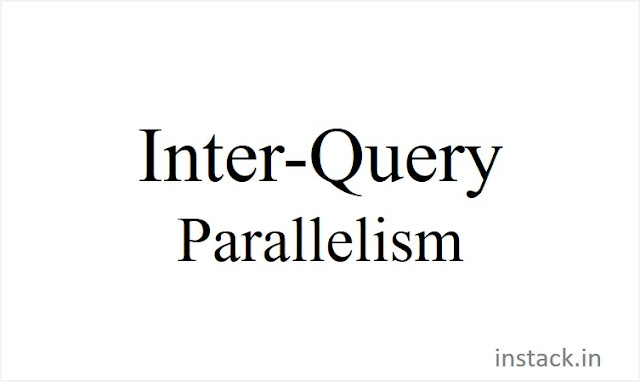Inter-query parallelism refers to the ability of the database to accept queries from multiple applications at the same time.
Each query runs independently of the others, but DB2 UDB (Universal Data Base) runs all of them at the same time. DB2 UDB has always supported this type of parallelism.
Individual transactions are independent; no transaction requires the output of another transaction to complete itself. Many CPUs can be kept busy by assigning each task or query to a separate CPU. This type of parallelism which involves many separate, independent, queries active at the same time is called inter-query parallelism.
In inter-query parallelism, different queries or transactions execute in parallel with one another. Transaction throughput can be increased by this form of parallelism.
The primary use of inter-query parallelism is to scale up a transaction-processing system to support a larger number of transactions per second. However, the response times of individual transactions are no faster than they would be, if the transactions were run in isolationin an OLTP environment, each query is small enough to complete with a single process, utilising a single CPU. The response time should be short enough to meet the user's need.




